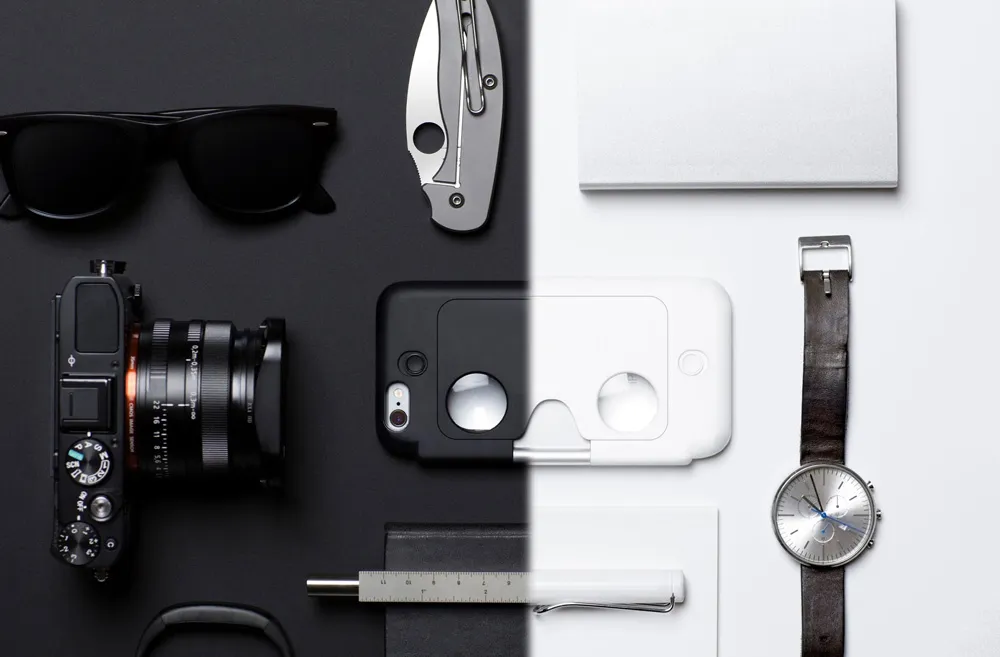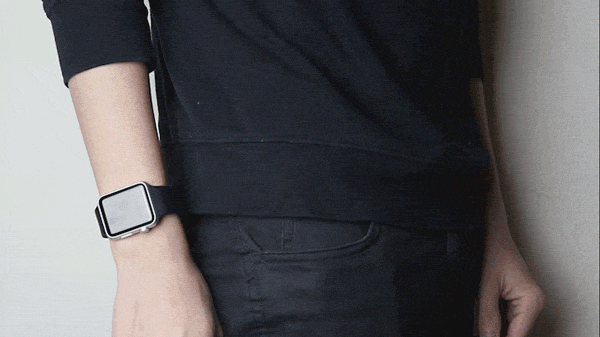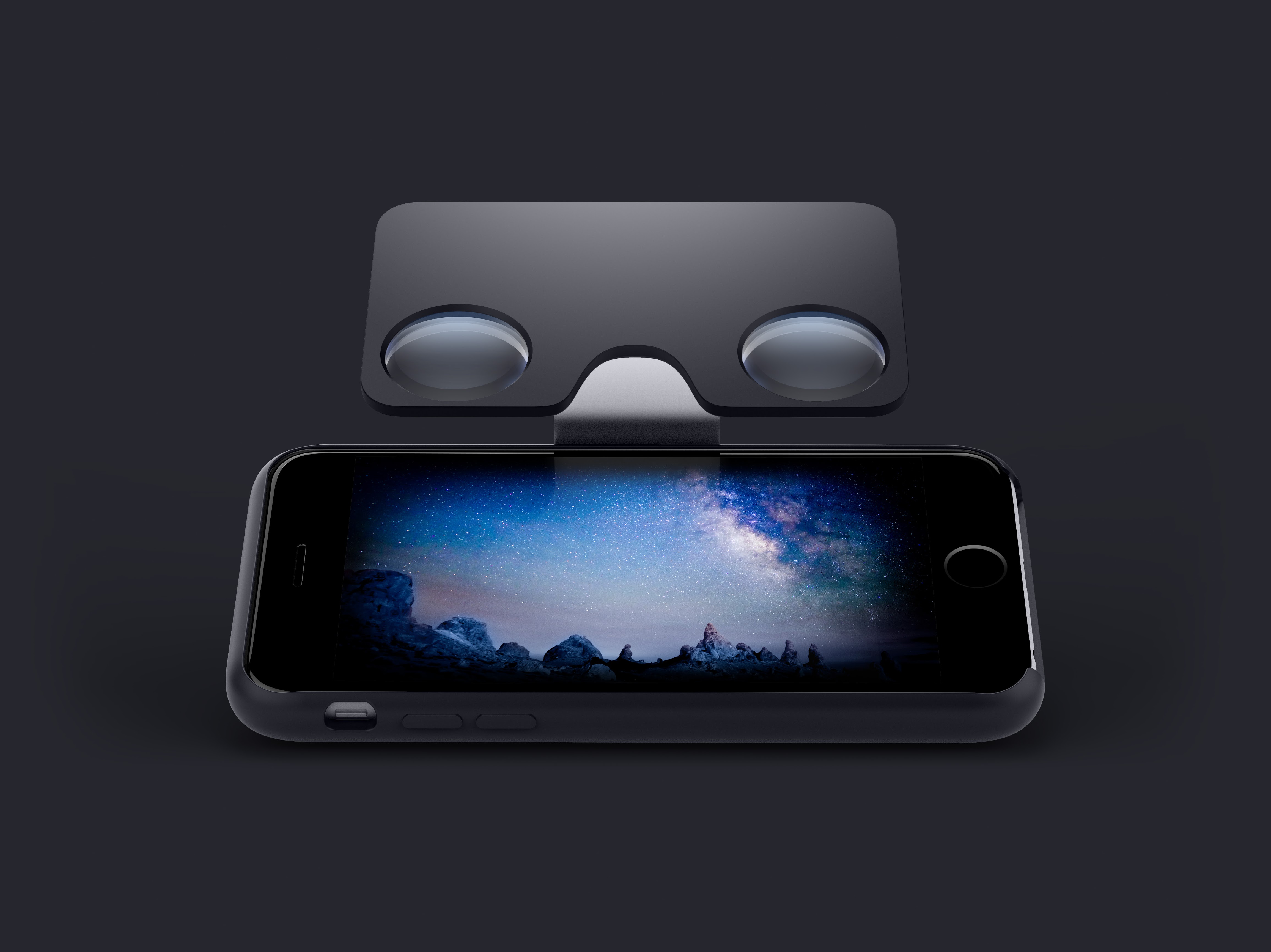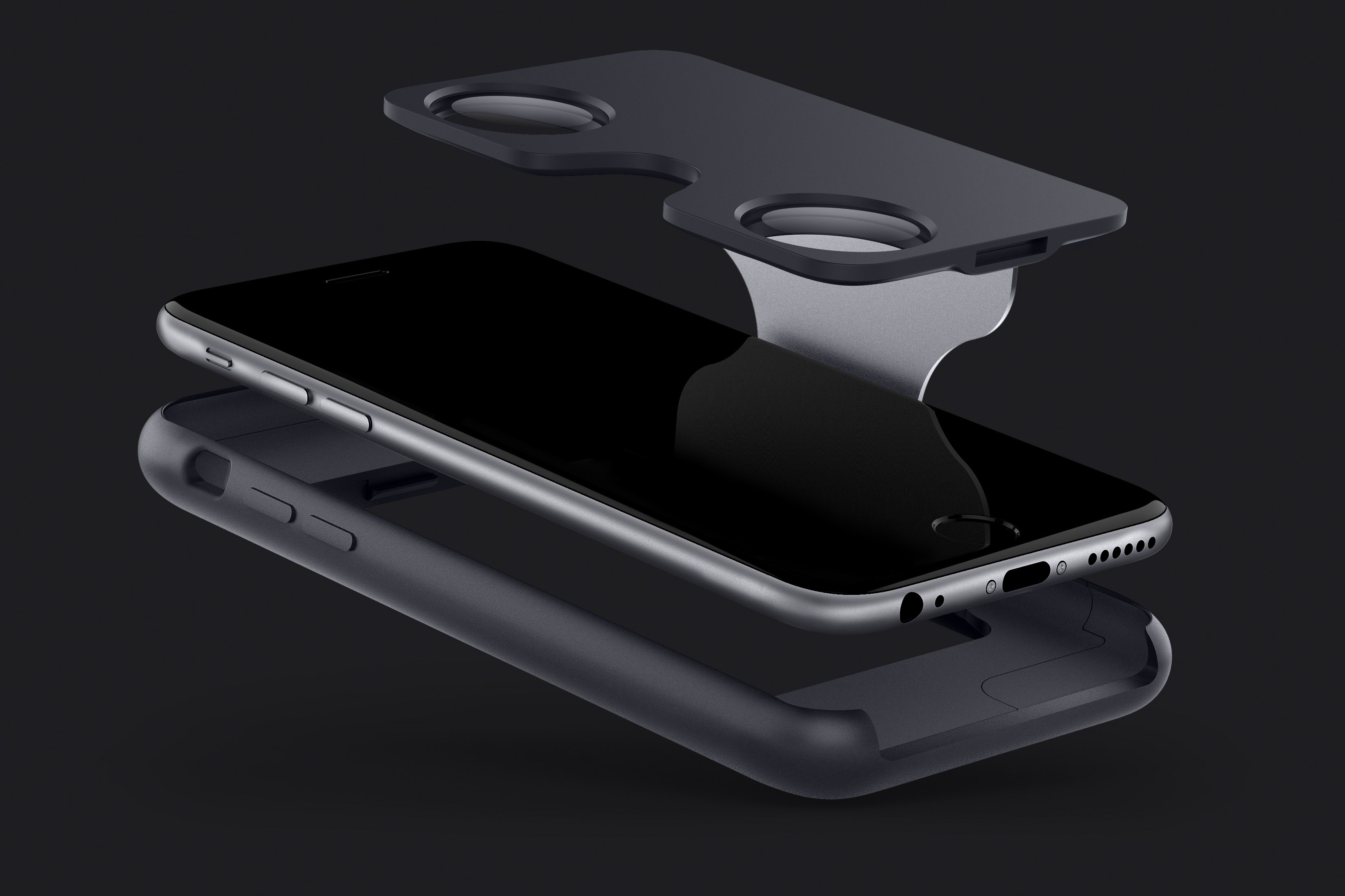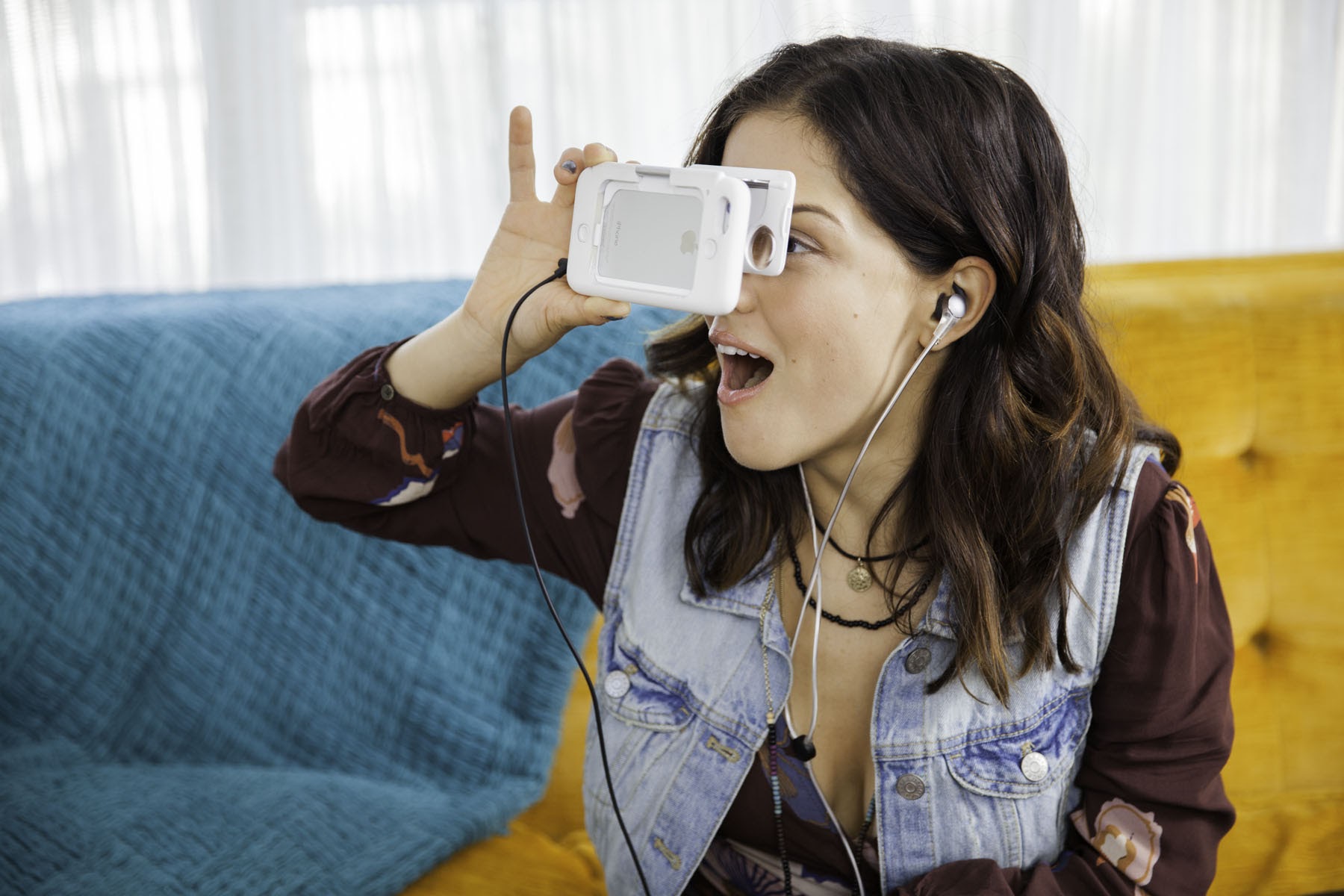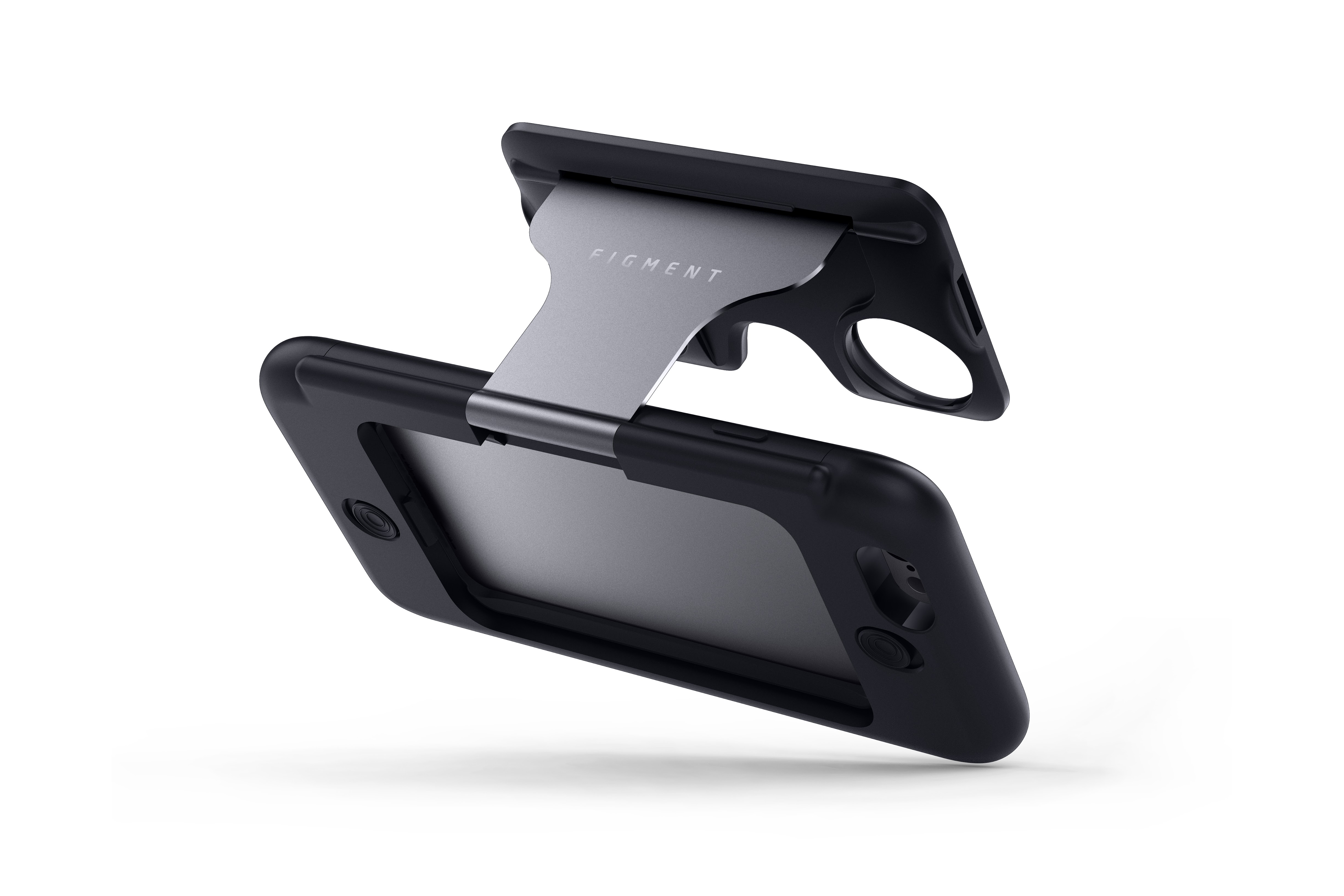Calling an iPhone case important seems somewhat passé. I mean, when has an iPhone case really done more than add protection or the occasional extra functionality? But bear with me for a moment because I want to show you something amazing.
[gfycat data_id=”JointFoolishHalcyon” data_autoplay=true data_controls=false]
The flip heard around the world, or at least maybe it will be soon.
What you are staring at looping right now is the Figment VR, a beautifully designed mobile VR iPhone case that just may be a key to not only help expose VR to a mass audience, but also bring it into their daily lives. It’s a bold statement, I mean this thing is nothing more than a glorified Cardboard, right? Partially so, but when was the last time you tried to stick a Google Cardboard in your pocket?
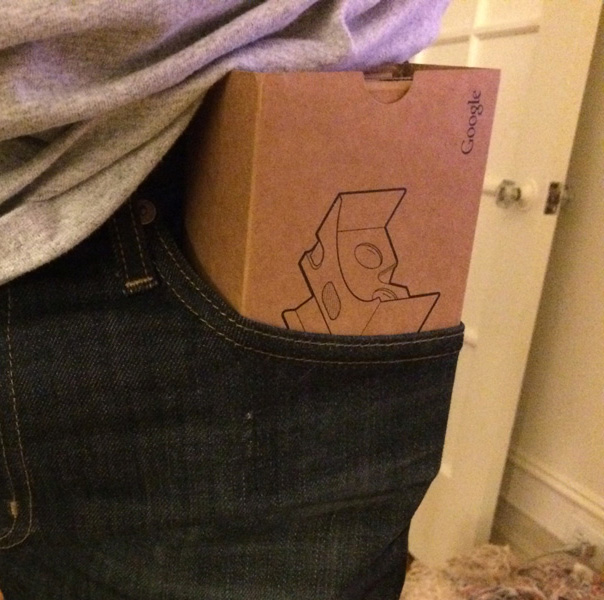
The Google Cardboard works great as a quick in and out taster version of VR, but how many people want to actually carry one (or any of the hundreds of cardboard clones) around in their day-to-day lives? Likely not many. Even the Samsung Gear VR, which offers a better experience than these hardware-less mobile phone holders, is still something you likely would carry in your backpack. But for VR to truly take off, and take off quickly, it has to become embedded in your day-to-day life, and how do you do that? You make it as instantly accessible as the phone in your pocket.
Figment VR’s sublime simplicity allows me to forgive its shortcomings as it stacks up to other, more expensive VR experiences like Oculus Rift, HTC Vive, or even the Gear VR. And its purpose is far different.
Facebook launched 360º video on its platform in September, adding support for iOS and Gear VR just last week. Mark Zuckerberg wants VR to be social, for us to share experiences with one another, “there’s always a richer, more immersive medium to experience the world,” he said at Oculus Connect this year. “And after video, the next logical step is fully immersive virtual reality.” But one of the reasons that Facebook videos are viewed over 8 billion times every day are their snackable accessibility. All you have to do is scroll and you’re watching a short cat video your Aunt Susan posted.
Virtual reality hasn’t been quite as snappily accessible. Imagine, however, a near future where a friend sends you a ‘VR Snapchat’ (Built by Facebook. Because, you know, if you can’t buy it, build it.), you pull your phone out of your pocket snap the back and bang, you’re ready to hop in for a quick look into your friend’s life. Once it is over you put the phone back in your pocket and continue your day, just like you would answering a text message. That is the kind of instant, teleportative, communication that Zuckerberg wants VR to enable and Figment VR’s iPhone case could help make that a reality.
“Pocketability,” not portability, is the device’s differentiating factor, Figment’s founder Zi Wang tells me. In order for mobile VR to truly be mobile you need to be able to easily take it with you, that’s where Wang’s design experience comes into play. Prior to starting Quantum Bakery, his smart-smartphone accessories company, Wang was the Creative and Brand Director at Android and helped launch the Google Nexus phone and led the branding direction.
“I think design is about problem solving,” he says, “and great design is about solving problems with the simplest and most elegant solution possible.”
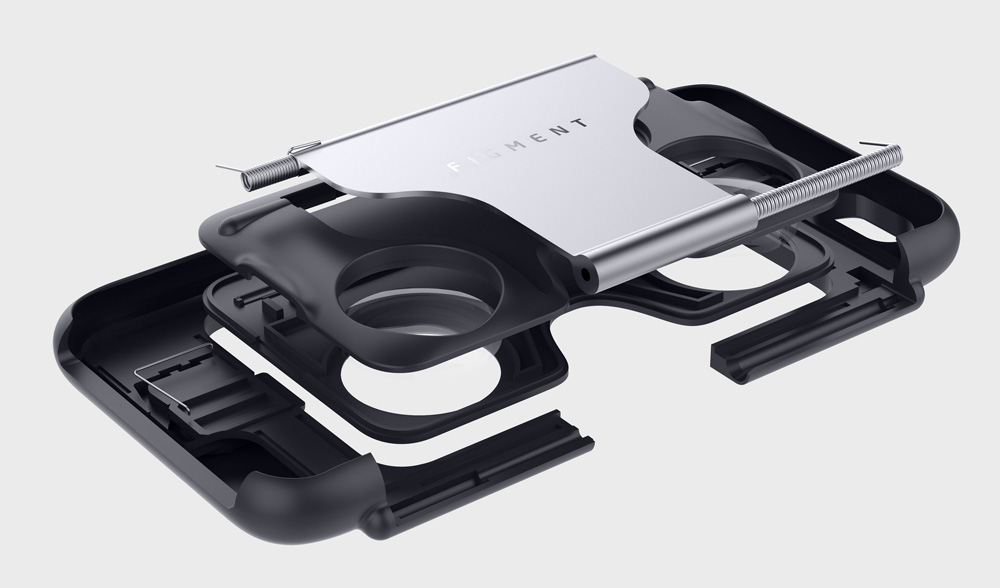
The case itself looks like a finely-crafted Apple product by design, as it is meant to seamlessly fit into the Apple ecosystem. With a hinge made out of the same grade aluminum as the Macbook Pro, and over 40 pieces intricately put and ultrasonically fused together, there is a lot more than meets the eye with Figment. Despite adding a pair of lenses on a spring loaded lever, the case manages to stay thin and light, adding slightly more bulk than a standard phone case would (or just about the same amount as a Lifeproof case). In short it is a product that seems like it would fit on the shelf amongst other Apple products.
“We are actually meeting with Apple [today],” Wang told me. It’s perfect timing too, with Apple recently stepping into VR content. Wang’s goal, he says, is to have the case sold alongside phones in Apple and other retail stores around the world.
For now though, he will start with Kickstarter, a place where he has already found success. Earlier this year, Wang launched a Kickstarter for Glow, a crazy-epic looking pair of headphones with laser light technology. The campaign soared passed it’s $100k goal to the tune of $531,639, and he started shipping the devices to backers this month, something which should come as welcome news to potential backers of Figment.
Wang says the Figment will be customizable with multiple different color options for the aluminum arm and the ability to have custom images etched into the metal. “We can make yours a Mario one if you like,” he told me. Wang conservatively promises the cases will ship by January 2016, but says that the pipeline is already all set up with PCH (the same company that builds all the Otterbox cases) handling the manufacturing. Figment debuted today with a special discounted Kickstarter price of $49 and will retail for about $79 – putting it in the same price range as most higher end phone cases. The cases are compatible with the iPhone 6, iPhone 6 Plus, iPhone 6s, and iPhone 6s Plus.

